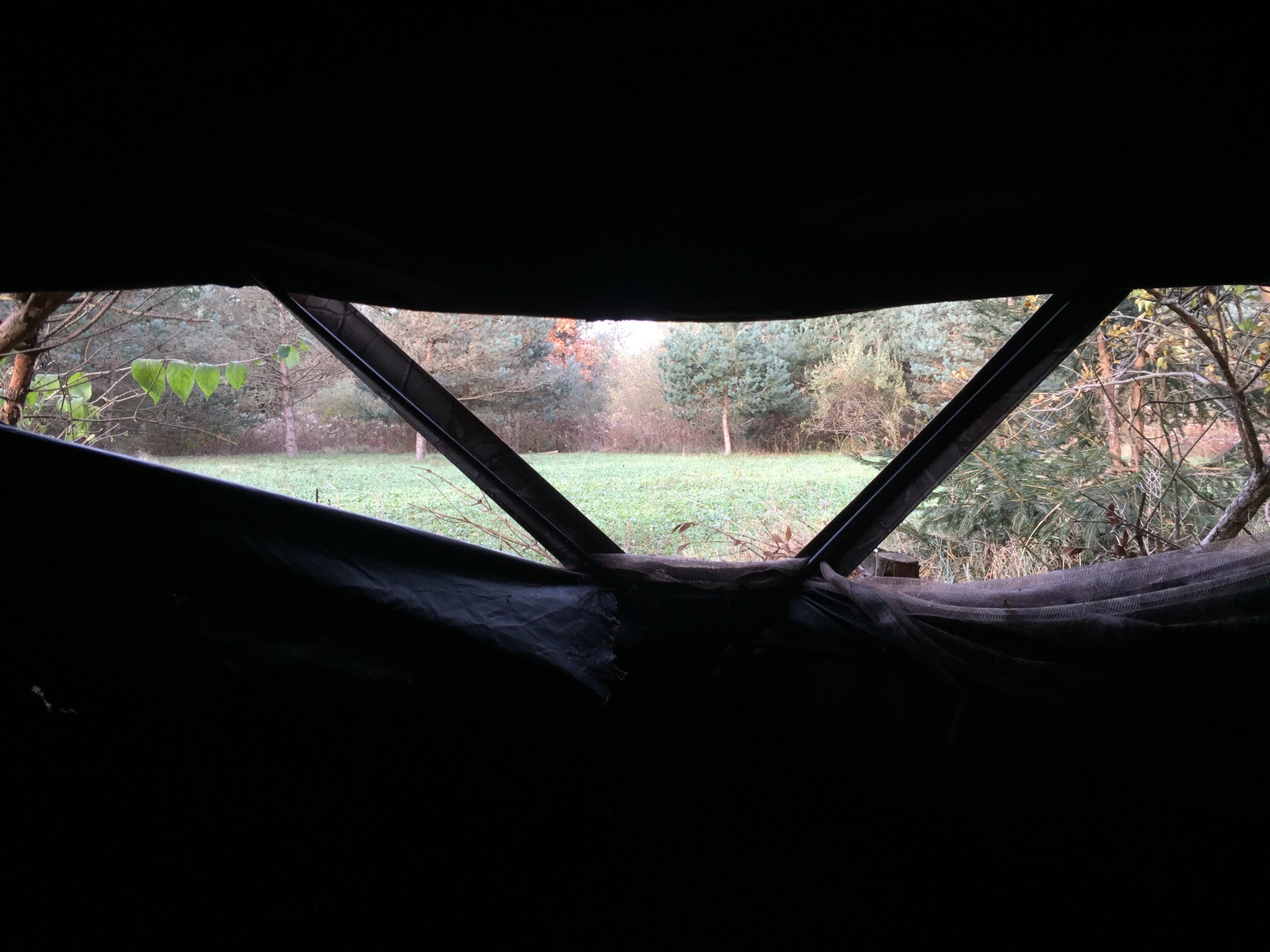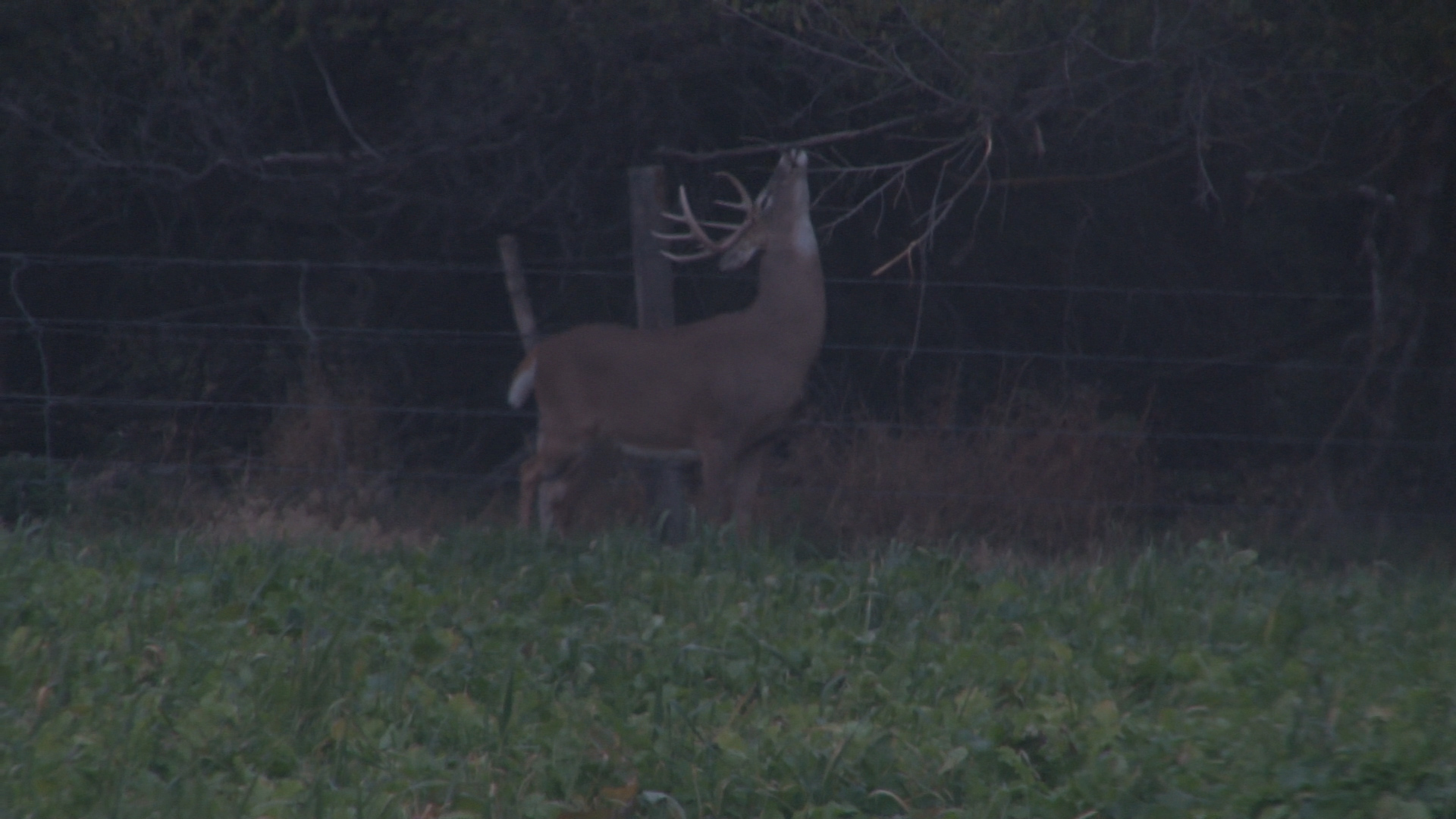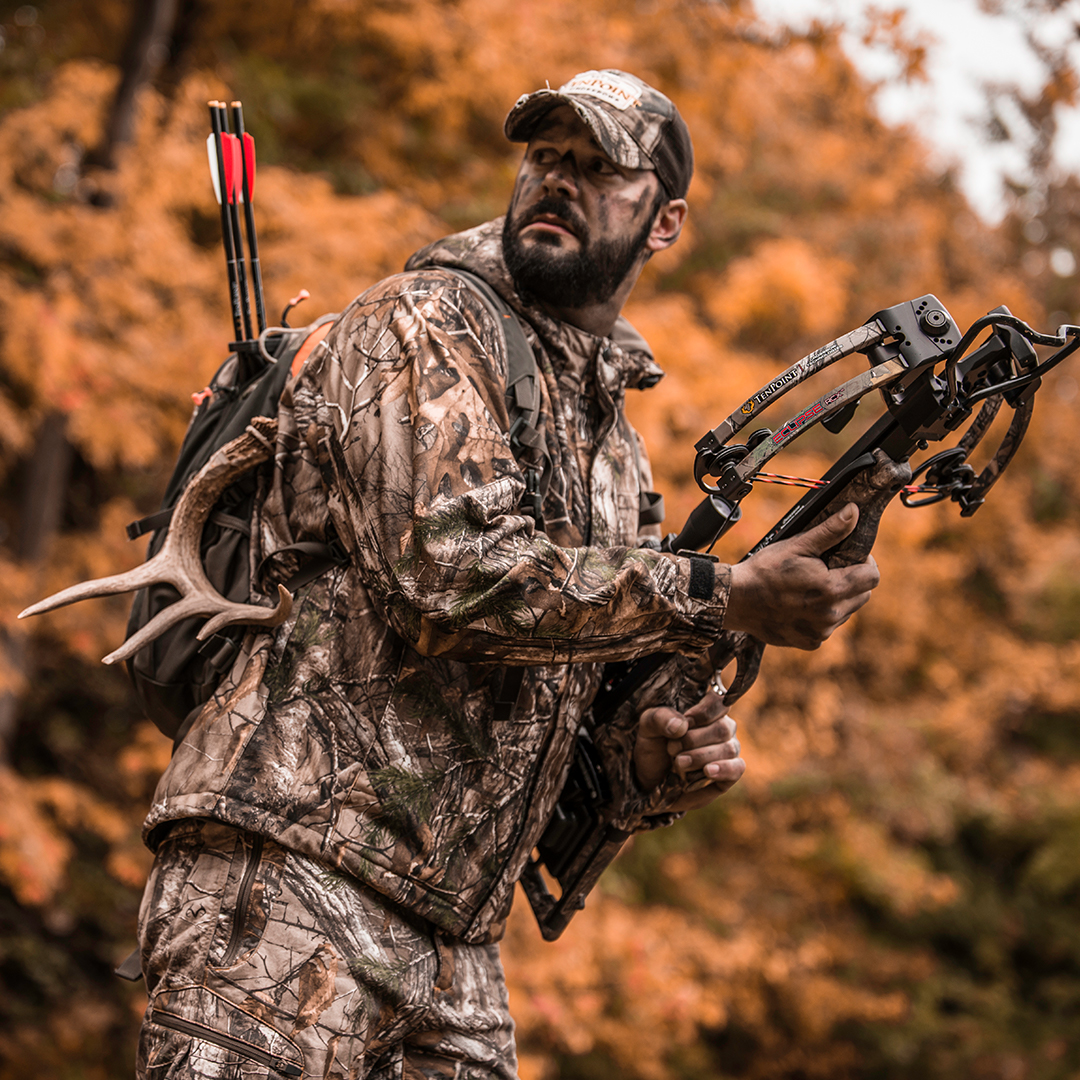Beating the “Rut”
/ November 14th, 2017November is here. The most coveted time for a whitetail hunter to be in the woods is upon us. As you scroll through your social media feed or talk with your buddies and fellow hunters, don’t get discouraged if you aren’t basking in the same luck as those other guys. Keep your hunting crossbow at the ready, because the tide can turn on a dime.
 If you’re like me, the deer movement where I’ve been hunting in central Ohio has lacked a little luster, especially considering the dates that have passed as we continue to turn the calendar. Have faith though. The rut hasn’t simply passed you by. You haven’t missed the best days in the woods yet. The whitetail rut is definitely not an exact science, and certainly depends on several key factors.
If you’re like me, the deer movement where I’ve been hunting in central Ohio has lacked a little luster, especially considering the dates that have passed as we continue to turn the calendar. Have faith though. The rut hasn’t simply passed you by. You haven’t missed the best days in the woods yet. The whitetail rut is definitely not an exact science, and certainly depends on several key factors.
These factors include things like weather, the moon phase, and all the other mythical elements that big time whitetail fanatics talk about on TV and in magazine articles. The truth of the matter is that, while all these things do play their part, one thing is more important than any other. The does have to be in heat.
There is not date, no weather pattern, no moon phase, that flips a switch and makes the magic happen. Does are on their own biological clock, and each doe enters the estrous cycle slightly differently. This means that no two stretches of whitetail habitat exhibit rutting activity at precisely the same time.
 Where I hunt, it just so happens that the doe family groups tend toward coming into heat later in the month of November. My buddy, who hunts just across the street less than half a mile away, sees heavy rutting activity as early as the end of October. The doe groups in his area come into heat much earlier. So a question you might be asking yourself at this point is “why does this happen?” Why do some doe family groups come into heat at different times?
Where I hunt, it just so happens that the doe family groups tend toward coming into heat later in the month of November. My buddy, who hunts just across the street less than half a mile away, sees heavy rutting activity as early as the end of October. The doe groups in his area come into heat much earlier. So a question you might be asking yourself at this point is “why does this happen?” Why do some doe family groups come into heat at different times?
Well, if you think about it, it actually makes sense. Ask your wife. When women live in close proximity to each other, like in a college dormitory hall or something, their “cycles” tend to synchronize. They will ovulate at the same time, and their biology does this automatically. Does do the same thing, and it becomes more prominent because they are groups of does from the same family.
When you see a group of multiple does in one area, odds are they are related. One doe, usually the most warry, is the matriarch, and all the other does are offspring of her genetic lineage. So their cycles do sync together.
A lot of what determines when these family groups come into heat can also be attributed to when the doe fawns were born. If one doe tends to bear fawns earlier in the spring because she comes into heat early, her fawns will also be more likely to come into heat early. Thus, those deer will bear fawns earlier in the spring who will also tend to follow that same pattern. This is also true for doe fawns who are born later. They will come into heat later, and thus bear fawns who will continue that trend.
 In short, this time of the year, just keep your crossbow handy, and keep hunting. The rut on your farm might just be on the cusp of ramping up. For me, some of my best days in the stand have been right around Thanksgiving. Many other hunters claim to be experiencing the tail end of the rut at that time, and where I hunt, the woods is bursting with estrous does. If you pay attention to these trends on the properties that you hunt, and know when most fawns start to appear on your trail cameras, you’ll be far better able to anticipate exactly when your best days of hunting will be. Good luck, and keep your chin up. The best days of hunting might still be yet to come!
In short, this time of the year, just keep your crossbow handy, and keep hunting. The rut on your farm might just be on the cusp of ramping up. For me, some of my best days in the stand have been right around Thanksgiving. Many other hunters claim to be experiencing the tail end of the rut at that time, and where I hunt, the woods is bursting with estrous does. If you pay attention to these trends on the properties that you hunt, and know when most fawns start to appear on your trail cameras, you’ll be far better able to anticipate exactly when your best days of hunting will be. Good luck, and keep your chin up. The best days of hunting might still be yet to come!


